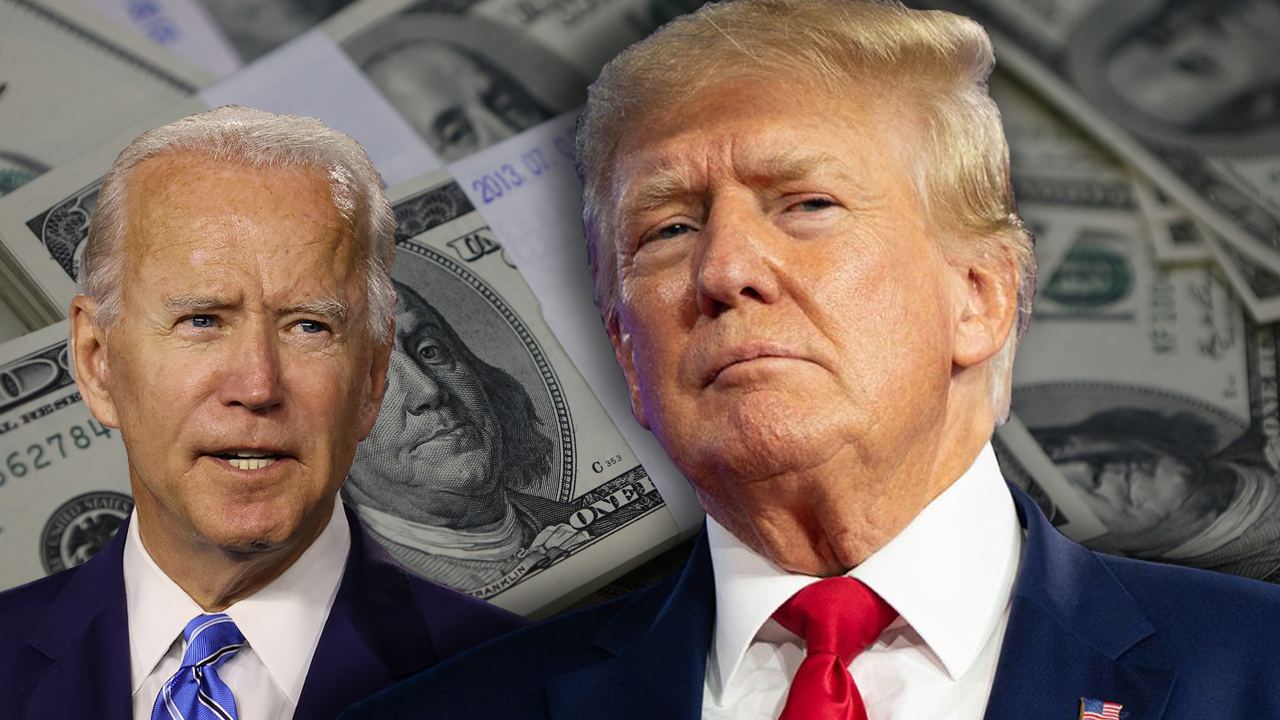Crypto Crash Gives US Bank Regulators ‘Breathing Room,’ Officials Say

A rush to lay out new cryptoregulatory guidance has slowed as a fall in asset values has made the task less urgent, a senior banking regulator said.
Federal agencies have seen less urgency in recent months to publish planned interagency guidance on how banks should treat digital assets, Michael Hsu, acting comptroller of the currency, said Wednesday at a banking industry conference in New York.
The overall crypto market capitalization was about $960 billion on Wednesday, down from about $3 trillion in November, according to data provider CoinMarketCap.
He singled out the Terra collapse – the stablecoin TerraUSD, apparently pegged to the US dollar, which plunged in value in May – as a major event that disrupted an industry that had been “running very fast”.
“Now there’s just a little more breathing room,” he said. “We have time.”
The Office of the Comptroller of the Currency in November joined the Federal Reserve Board and the Federal Deposit Insurance Corp. to announce what they called a “policy sprint” on crypto assets. The agencies promised that the move would clarify their expectations for certain banking activities related to digital assets.
Mr. Hsu said the spurt was conceived during a period of “intense curiosity and questions” from banks regarding digital assets, but that the industry has since seen turmoil.
“That’s something we as regulators have to be aware of: Crypto is very hype-driven,” Mr. Hsu said.
Mr. Hsu also warned that involvement in cryptocurrencies could pose some particular risks for traditional financial institutions, noting that internet forums are full of stories of “ruined” crypto investors. He added that for banks that only want to hold digital assets as custodians, cryptocurrencies, due to their use of keys and disintermediation, are very different from the traditional assets institutions can use to protect.
Regulators continue to work among themselves on the various issues facing the industry, but “are now proceeding cautiously,” Hsu said.
“It’s not that it can’t be solved, but it takes a lot of thought,” he said. “We just want to make sure we get this right.”
Write to Richard Vanderford at [email protected]
Copyright ©2022 Dow Jones & Company, Inc. All rights reserved. 87990cbe856818d5eddac44c7b1cdeb8

























